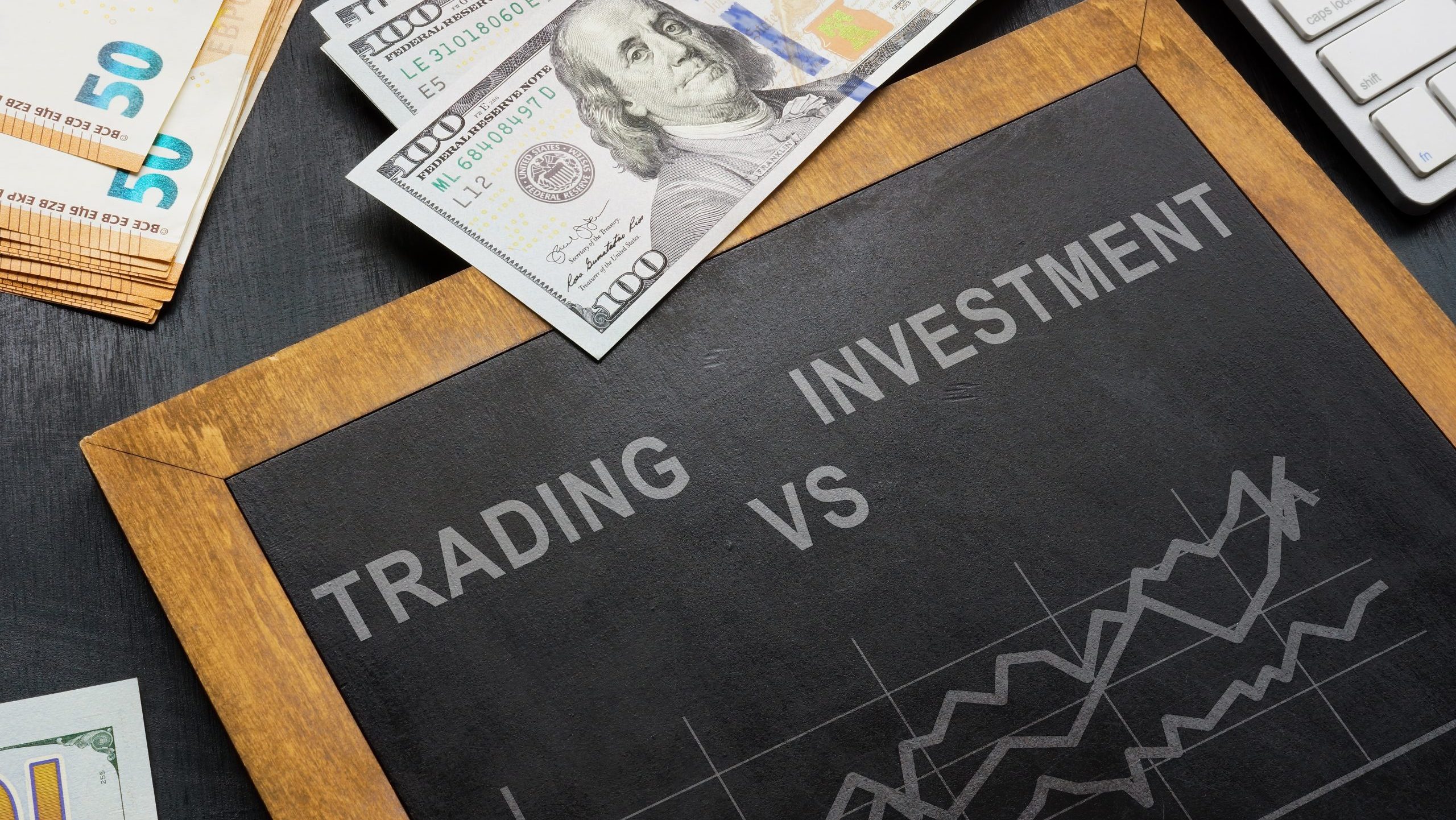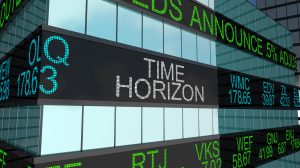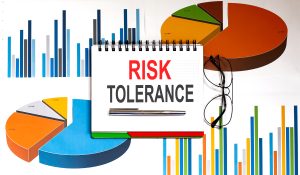
You are about to embark on a journey of understanding an interesting topic: “What are the key differences between trading and investing?” This article will elucidate these distinctions, breaking down both terms to their core elements. Imagine this as a guide crafted just for you, aimed at shining a light on the differences between two concepts that often get jumbled together in people’s minds. Investment and trading, though intertwined, are fundamentally different approaches to growing your wealth. Let’s unveil their unique attributes and start you on a path to financial literacy.
Understanding Trading and Investing
The financial world is a wide and diverse ecosystem, alluring novices and experienced people alike. In order to thrive in this system, it’s crucial to understand the two dominant approaches: trading and investing. Though similar on the surface, trading and investing are fundamentally different in how they generate profits and require different skills and attitudes.
Definitions of Trading
Trading is a method of buying and selling securities, such as stocks or commodities, within a short time frame. Traders aim to profit from short-term price fluctuations within the market. There are different forms of trading such as day trading, where positions are usually closed within the same day, swing trading, which involves trades that last from a day to a few weeks, and position trading where trades can last several months.
Definitions of Investing
Investing, on the other hand, involves the purchase of assets with the anticipation that they will increase in value over time. It is an approach built around wealth accumulation and encompasses diverse assets such as stocks, bonds, real estate, and mutual funds. Unlike trading, investing is a long-term game with a focus on building wealth over years or even decades.
Time Horizon
Time horizon refers to the period of time one plans to hold onto an acquired security or portfolio before selling it.
Short-term vs Long-term
As noted earlier, trading is short-term and focuses on quick returns through frequent buying and selling. Day traders, for instance, close all positions at the end of each trading day to avoid uncontrolled losses. Investing, however, is long-term. Investors buy and hold assets for years or even decades, patiently waiting for their assets to appreciate in value.
Impact of Time on decisions
The time horizon greatly affects decision-making. Traders must regularly monitor market trends and price fluctuations and make quick decisions. They buy when prices are low and sell when they’re high. Investors, conversely, make calculated decisions based on a company’s earning potential and are less bothered by short-term market fluctuations.
Financial Goals
Financial objectives play a role in choosing between trading and investing.
Goals in Trading
Traders aim for quick, regular, and consistent returns. They look to accumulate small gains that eventually build up to substantial profits. Their goal is to take advantage of market volatility and beat the market in the short-term.
Goals in Investing
Investors, however, aim for steady growth over time. They are interested in wealth accumulation and long-term financial security. Their ultimate goal is to support significant financial events like retirement, higher education, or buying a home.
Risk Tolerance
Risk tolerance is the degree of variability in investment returns that an investor is willing to withstand.
Risk in Trading
Trading is considered high risk as it relies on accurately predicting short-term market fluctuations. Though potentially rewarding, one inaccurate prediction can lead to significant losses.
Risk in Investing
Investing carries lower risk as it looks at the long-term potential of an asset. Market volatility in the short term does not significantly affect long-term investments as they have more time to recover from potential dips.
Knowledge and Skills Requirement
Each approach requires different abilities and depths of knowledge.
Skills Needed in Trading
Trading requires a deep understanding of financial markets and technical analysis. Traders should be adept at reading financial charts, be aware of global market events, and have quick decision-making abilities. Trading also involves psychological preparedness to handle potentially stressful and fast-paced situations.
Skills Needed in Investing
Investing calls for a strong understanding of businesses and economic factors. Long-term investors need to evaluate the health and potential of a company, which includes understanding its financial statements, industry competition, and market trends. Patience and discipline are crucial for investors, allowing them to ignore short-term market fluctuations and focus on long-term gains.
Portfolio Diversity
Portfolio diversity refers to owning different kinds of investments within one portfolio.
Diversity in Trading
In trading, diversification depends on the type of trader. Some traders focus on one particular security, while others have a diversified portfolio. High frequency traders often hold many different securities to spread their risk.
Diversity in Investing
In investing, diversification is a key strategy. Investors diversify their portfolio across various asset classes, sectors, or geographical locations to spread and mitigate potential risk while ensuring steady returns.
Decision Making Process
The way decisions are made can also differentiate traders from investors.
Decision making in Trading
Trading involves quick decision making based on short-term market information. Traders rely heavily on technical analysis tools and charts to predict market movement and time their trades.
Decision making in Investing
Investors base their decisions on a business’s fundamental analysis, including its revenue, earnings, future growth, return on equity, profit margins, and other data. They also factor in economic conditions and industry trends.
Analysis and Research
Analysis and research are essential elements of both trading and investing strategies.
Role of Analysis in Trading
In trading, technical analysis plays a significant role in forecasting price movements by studying market statistics. Traders use charts and various complex tools to identify patterns and trends that predict future activity.
Role of Analysis in Investing
Investors use fundamental analysis to evaluate a company’s intrinsic value and potential for long-term growth. They look at economic indicators, industry health, the company’s financial condition, and its competitive position.
Influence of Market Fluctuations
Market fluctuations, or volatility, are changes in the best asking prices of the market.
Market Volatility in Trading
Traders thrive on market volatility. Since profits are made from price fluctuations, a volatile market provides opportunities to buy at low and sell at high prices.
Market Volatility in Investing
For investors, short-term market volatility is less significant as investments are focused on long-term value increase. A decrease in price can even be viewed as an opportunity to buy more of a promising stock at a discounted rate.
Regulations and Compliance
Regulations and compliance rules are set by financial authorities to ensure fair and transparent markets and protect investors against fraud.
Regulations for Traders
Traders must comply with key regulatory norms. For instance, day traders in the US must maintain a minimum equity of $25,000 in their brokerage account. Compliance rules also cover trading practices like wash sales or insider trading.
Regulations for Investors
Investors are also subject to regulations. They are required to prevent issues like insider trading and must follow protocols for disclosing key information about their investments. This ensures transparency and investor protection.
In conclusion, while trading and investing both aim to increase financial gains, they require different strategies, skills, and mindsets. Depending on your financial goals, risk tolerance, time horizon, and knowledge level, you may prefer either one or even a mix of both. Ultimately, aligning your choices to your personal financial goals aids in making the best decisions.





